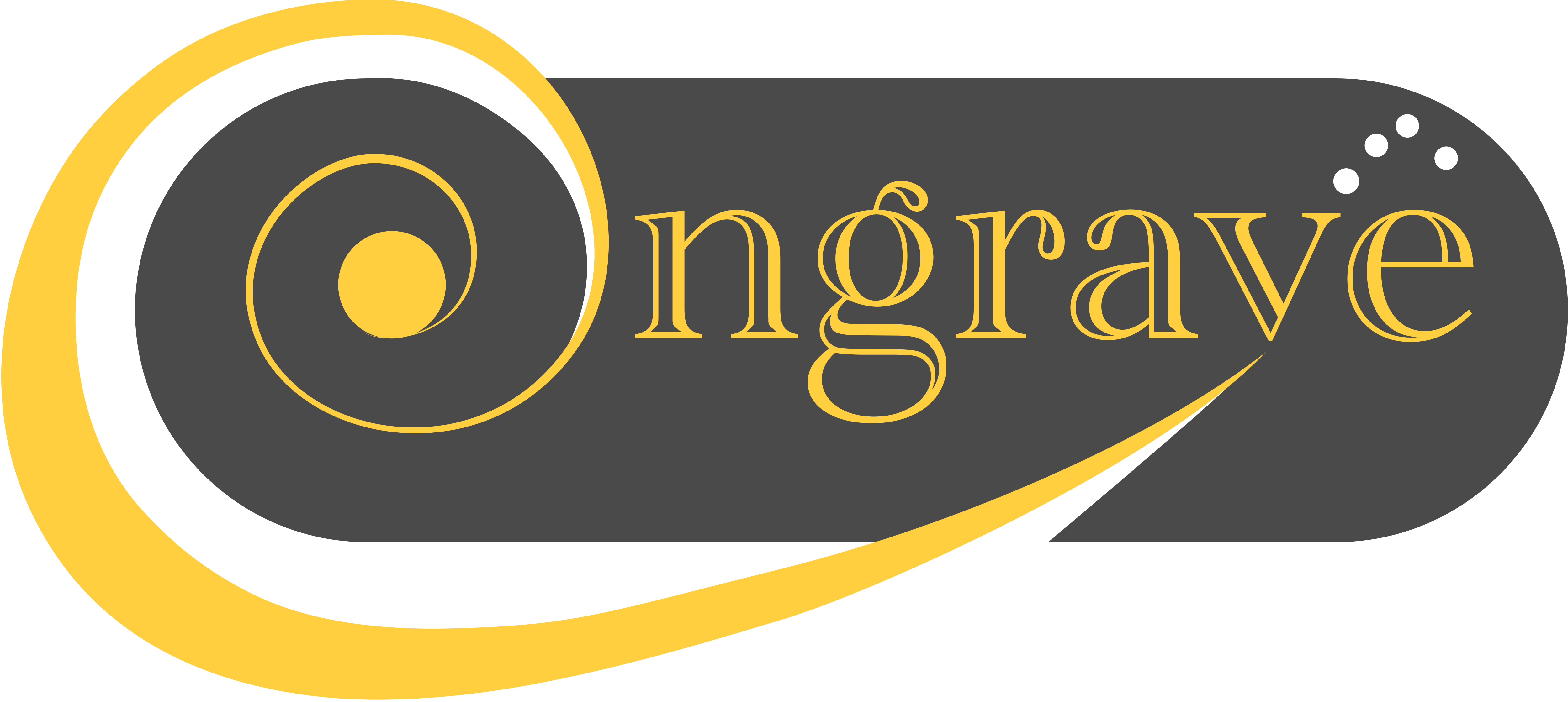Engrave Dryrun
On Wednesday, 05 December 2018, the Engrave Collaboration completed their first dryrun. With the next LIGO/VIRGO run on the horizon, four teams tested their observation strategies, telescope triggers and data reduction pipelines.
The event was organised by the EC/GC, who set up a fake Paranal Observatory and provided the teams with observational data, if requested. To trigger ToO observations, a web page similar to the ESO web page was set up.
The teams were only told that the dryrun would happen in the week of 3-7 December 2018. Finally, on Wednesday at 12:26 CET, the participants received the fake GW trigger:
DRY-RUN ENGRAVE CIRCULAR 001 - Gravitational wave detection of a likely black hole - neutron star merger
THIS MESSAGE REFERS TO THE ENGRAVE DRY-RUN. IT DOES NOT REFERENCE REAL OBSERVATIONS AND SHOULD BE USED FOR DRY-RUN PRACTICE ONLY.
“At Dec 05 09:16 UT the network of gravitational wave detectors identified a likely chirp signal. The signal is consistent with the merger of a neutron star with a black hole. The current significance estimate is ~1/300 years. At the present time the localisation is centred at
RA: 03:58:00
DEC: -06:35:00
With an error radius of 8 degrees (90% containment). This error may be improved with subsequent analysis. The luminosity distance inferred from the gravitational wave signal is d_L = 84.7 +/- 24 Mpc. ”
The teams immediately began their search for hosts of the neutron star merger. But shortly after new data became available:
DRY-RUN ENGRAVE CIRCULAR 002 - Gamma-ray analysis around GW trigger
THIS MESSAGE REFERS TO THE ENGRAVE DRY-RUN. IT DOES NOT REFERENCE REAL OBSERVATIONS AND SHOULD BE USED FOR DRY-RUN PRACTICE ONLY.
“We have examined gamma-ray observations in the 15-150 keV range at the source location and time of GW181205. We note that there are no coincident gamma-ray signals readily visible within 10s of the GW merger time.
However, we do identify a weak, long duration GRB at a time of 09:48 UT. The source fluence of 5e-6 erg/cm^2 means that the source localisation is poor, but the best available position is
RA 05:23:41 DEC 10:27:30
With an error radius of 30 degrees (90% containment). “
Gamma-ray observations proved to be extremely important in the localisation of the first NSM GW170817. This time however, only a weak, long duration GRB was observed, which did not significantly improve the sky location.
DRY-RUN ENGRAVE CIRCULAR 003 - Optical transients in the error box of GW181205
THIS MESSAGE REFERS TO THE ENGRAVE DRY-RUN. IT DOES NOT REFERENCE REAL OBSERVATIONS AND SHOULD BE USED FOR DRY-RUN PRACTICE ONLY. –>
“We report observations of GW181205 with a 0.4m robotic telescope sited in South Africa in the time range 2018 Dec 05 11:40 UT to 2018 Dec 05 12:40 UT. The instantaneous field of view was 12 square degrees and multiple epochs of observations were obtained. Transients have been identified relative to a template image obtained on 2018-01-20. We list them with their approximate R-band AB discovery magnitudes below.
GWT1: 03:55:50.1, -04:06:20, 14.7
GWT2: 04:11:34.02, -09:07:21.2, 17.5
GWT3: 03:51:59.81, -08:51:18.5, 18.3
GWT4: 03:49:55.34, -14:01:55.8, 19.1
GWT5: 04:22:17.87, -05:28:05.41, 17.8
Further observations are planned.”
The teams had to decide which, if any, of the five possible targets they want to observe. Only one of them could be responsible for the GW signal. But then another circular came in…
DRY-RUN ENGRAVE CIRCULAR 004 - Discovery of possible counterpart to GW181204
THIS MESSAGE REFERS TO THE ENGRAVE DRY-RUN. IT DOES NOT REFERENCE REAL OBSERVATIONS AND SHOULD BE USED FOR DRY-RUN PRACTICE ONLY.
“We have undertaken a search of galaxies in and around the error region of GW181205 over the time span 5 Dec 12:00-13:00 UT. In comparison with archival PanSTARRS images we identify a new source in the galaxy UGC 02963 (z=0.0177, d_L ~ 77 Mpc). The source is offset approximately 4 kpc in projection from the centre of the galaxy and has a location of
RA 04:07:41.52
DEC 03:58:11.24
The magnitude of the source is R=18.2 (M_R ~ -16.2) is comparable to the early absolute magnitude of AT2017gfo.
Further observations are strongly encouraged.”
Six transients have been identified in the sky region corresponding to the GW signal. By now, the teams have triggered observations of some of the sources, and begun reducing the data.
Operations Team A was first to claim the detection of the possible kilonova:
DRY-RUN ENGRAVE CIRCULAR 005 - GW 181205A: VLT/X-shooter observations
THIS MESSAGE REFERS TO THE ENGRAVE DRY-RUN. IT DOES NOT REFERENCE REAL OBSERVATIONS AND SHOULD BE USED FOR DRY-RUN PRACTICE ONLY.
Chen, Dall’Ora, D’Elia , Fraser, Gillanders, Gromadzki, Lena, Lyman, McBrien, Patat, Schady, Smartt and Talia, i.e., the Dryrun-ops a report on behalf of the ENGRAVE collaboration:
We observed the candidate optical counterpart of GW181205A (DRY-RUN ENGRAVE CIRCULAR 001 and 004) with the ESO-VLT UT2 equipped with the X-shooter spectrograph. We acquired two 1200 second spectra on 2018-12-05, starting from 01:56:51.628 UT , approximately 5 hours after the fake GW alert.
Continuum is detected in the reduced spectrum across the entire spectral range of the instrument (blue limit of 3000 Angstroms). After a preliminary reduction the continuum does not resemble that of a SN. In fact, no Ca II, HI or He I lines are detected. On the other hand, the spectrum appears to be similar to that of a kilonova, and strongly resembles that of GW170817A.
We acknowledge the ESO observing staff at the fake Paranal, including Daniele Bjørn Malesani and the EC.
This circular caused confusion among the other teams - when they reduced the data of this source they couldn’t find the signal of a supernova!
TBC
Four Teams, Four Strategies
Read more about the individual strategies of the operations teams:
